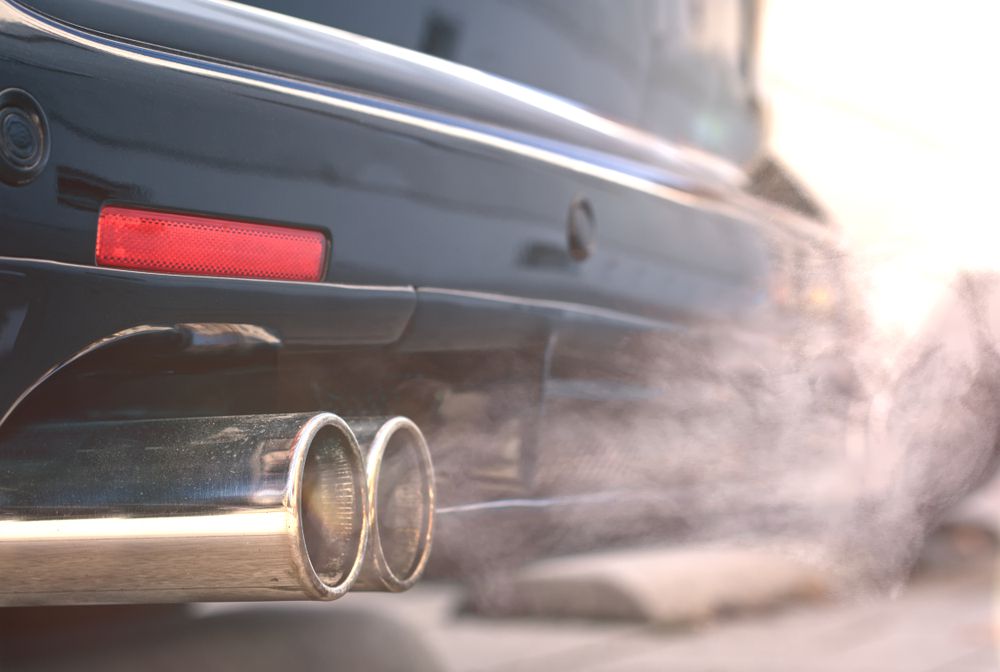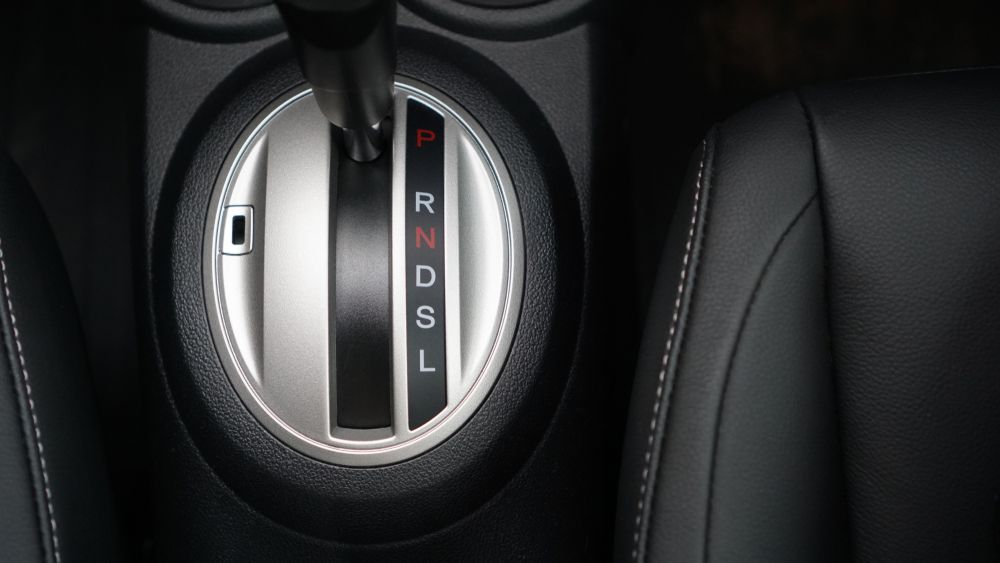
When you apply your foot to the accelerator pedal, you increase the fuel
and air that enters the engine's combustion chamber, which causes the
engine's RPMs (revolutions per minute) to increase.
Revving refers to when you increase the vehicle's RPM while the car is
stationary and is often done in an attempt to warm up the car quickly.
Revving an engine does help a car warm up faster by forcing it to work
harder, which in turn, generates more heat. However, a cold engine may not
receive adequate lubrication due to its engine oil not being warmed to its
proper operating temperature. In this case, the oil cannot circulate
throughout the engine as it should, which could lead to premature wear.
The good news is that modern synthetic oils are designed to flow much
better than engine oils from 20 years ago, and except in extremely cold
weather conditions, you should be safe to drive right away.
Just be sure to let your vehicle warm up to the proper operating
temperature before pushing the engine too hard.
Keep reading to learn more about revving, what it can do to your car
engine, and when you should avoid it.
 Two people sitting in a cold car.
Two people sitting in a cold car.
Is It Bad To Rev Your Engine To Warm It Up?
Although it isn't necessarily “bad,” revving your engine to warm it up is
generally inadvisable because the engine's oil may not be at its proper
operating temperature, leading to a lack of lubrication and premature wear
and tear.
If you're looking to maximize the life of your car, it's best to avoid
revving before the engine has had a chance to warm up.
Is It OK To Rev A Cold Engine?
Revving a cold engine is generally not a good idea. However, it depends on
the outside temperature.
A 5W-30 synthetic engine oil is rated from -31 to 95 Fahrenheit (-35 to +35 Celcius) outside temperatures and can usually withstand up to 300 Fahrenheit (149 celsius) internal
engine temperatures.
In normal temperatures, on modern engines, it only takes a few seconds
before the engine oil is pumped through and lubricating the motor.
When the outside temperature is below the oil's rating, it's best to give
the engine a few minutes to warm up before revving it. A good practice is
waiting until the vehicle's temperature gauge starts moving off its
starting pin.
If your engine heats up abruptly, it can cause condensation to form on the
cylinder walls. This can dilute the engine oil, making it less effective at
lubricating engine parts.
Revving can also lead to a buildup of water vapor in the exhaust system.
This will, in turn, freeze and block the exhaust pipe, which could result
in carbon monoxide accumulation in the car.
Another reason not to rev a cold engine is the risk of
damaging the catalytic converter
.
The catalytic converter is an emission control device in the exhaust system
that converts harmful toxins into less harmful emissions. A malfunctioning
catalytic converter will significantly impact your vehicle's engine
efficiency.
Last but not least, revving an engine needlessly burns excess fuel.
 Exhaust exiting out of the muffler at the rear of a car.
Exhaust exiting out of the muffler at the rear of a car.
Is Revving A Warm Engine Bad?
Revving a warm engine isn't bad as long as you keep the rpm below the
redline.
When an engine is warm, all of its systems are in their operating range, so
it's OK to rev the engine.
That being said, revving still isn't something you should be doing
regularly.
It will cause wear on the cylinder walls, crankshaft, rings, bearings,
valves, and other parts. In addition, replacing these parts can be pretty
expensive.
Is There A Way To Make Your Car Warm Up Faster?
It can feel like a lifetime to warm your car to a comfortable temperature,
especially in cold months.
And you might be tempted to speed up the process by revving the engine. But
as we've seen, this isn't always a good idea.
Luckily, there are simple ways to keep your engine warm overnight instead
of revving the engine.
Remote Start
A remote start system allows you to start the engine with a remote fob
while you are away from your vehicle.
Along with the engine starting, the vehicle's climate control will turn on
as well as window defrosters, heated seats, and heated steering wheels.
 Remote car starter key fob.
Remote car starter key fob.
Drive the Car
A great way to warm up an engine is to drive the car.
With modern vehicles, as long as the outside temperature is within the
oil's outside operating range, you can safely drive away without the
possibility of causing damage due to lack of lubrication.
Use an Engine Block Heater
In extremely cold temperatures, -30 Fahrenheit or below, it's probably a
good idea to consider a block heater.
A block heater is an electric heating device that keeps the engine's
coolant warm and circulating throughout the engine block while the engine
isn't running.
Park in a Garage
If you have a garage, park in it overnight to keep your car warm.
This will help keep the engine warmer and allow it to reach optimal
temperatures faster when you start it.
Do you have a heated garage? That's even better.
Install Heated Seats
While this won't warm the engine, it will make the car's interior warm and
cozy to stay in during cold weather.
The engine will warm up on its own as you drive.
Is Revving Your Car In Park Bad?
Revving your car in park is not bad as long as you don't rev the engine
above its redline and the engine is within its operating temperatures.
One thing to remember is that you don't slip the transmission out of park
and into gear while revving the engine. If the car goes into gear while the
engine is revving, the car could jolt and possibly cause an accident or
severe injury.
 A car transmission in park.
A car transmission in park.
Is It Bad To Start Your Car And Drive Right Away?
Thanks to synthetic oil and technological advances, today's vehicles only
need about 15-30 seconds until they are ready to be driven in most
climates.
However, when it is extremely cold outside, -30 Fahrenheit or lower with
5W-30 oil, for example, keep in mind that the engine oil is not rated to
flow and provide lubrication at its designed efficiency.
In this case, it's a good idea to let the engine run for at least 2 minutes
to allow the idling motor to warm itself and its oil up to its operating
temperature before driving.
You can start driving within this time, regardless of the engine
temperature. You also don't have to worry about damaging engine components.
Conclusion
Revving your engine does help to warm up a car faster, but it is often
needless and has a few possible drawbacks, including lack of lubrication,
which will lead to premature wear and tear, and excessive fuel consumption.
Modern engines and synthetic oils are designed to operate at relatively low
temperatures, so it is usually safe to warm up the car's engine by driving
it.